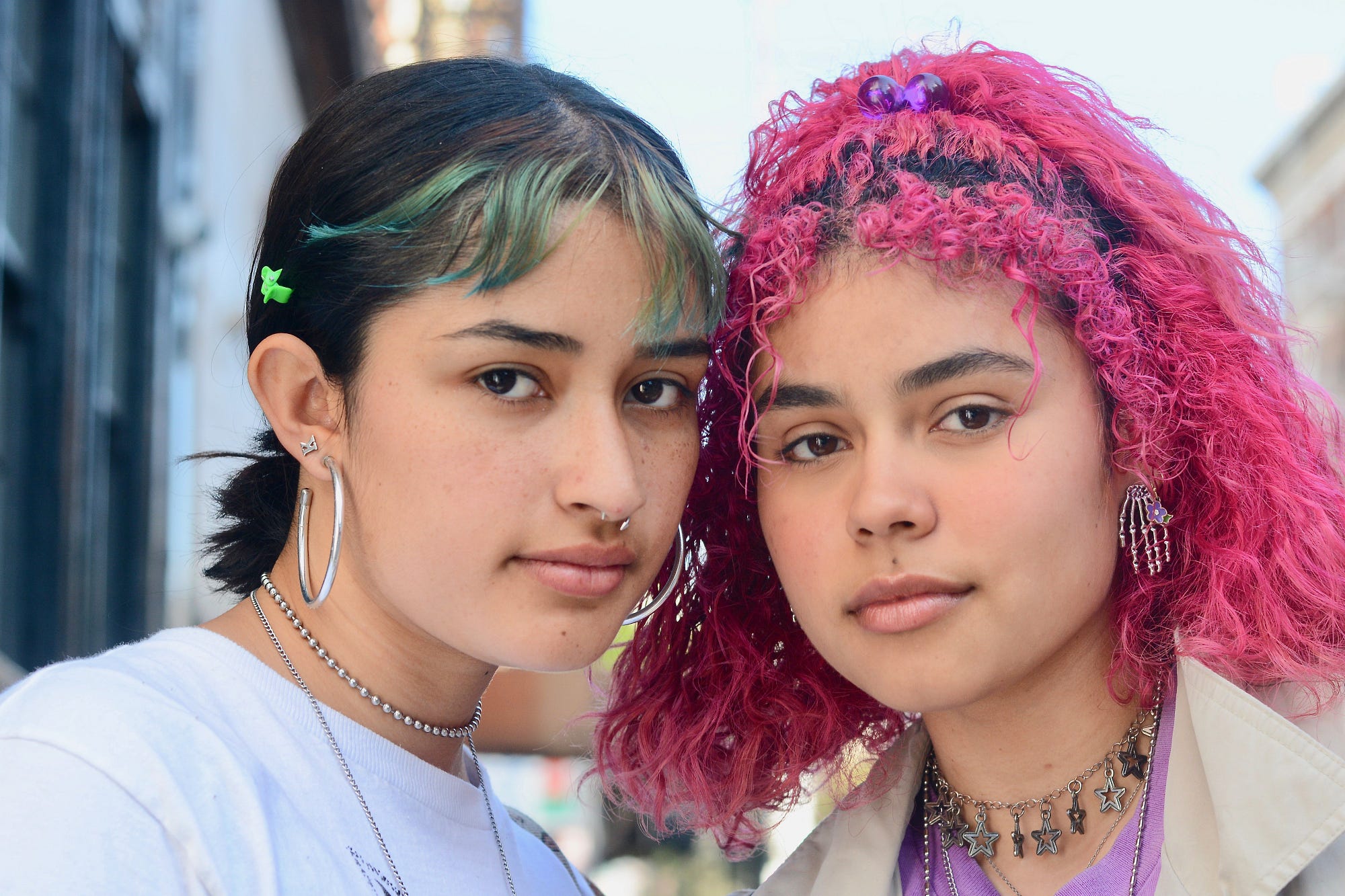
A friend once told me that having a strong sense of identity is more important than having naturally gifted beauty. Physical traits are what you’re born with, but how you present them is more significant: it’s a way to actively resist — or accept — what life has given you.
For many San Francisco residents, the Tenderloin district does not evoke beauty. But as a photographer who covers fashion and entertainment, I strongly disagree. Because I often photograph runway shows and musical talent, I tend to notice tiny, beautiful details and bring them to the forefront. So when I moved into a century-old, 200-square-foot single-room-occupancy hotel on Polk and Eddy in 2016, I began to see the pride, eclecticism, and spirit of my community.
The Tenderloin is a place where the fringe finds family.
What the Tenderloin does offer is a complex portrait of humanity. The neighborhood is motley, vibrant, and misunderstood. It’s also a place of community, camaraderie, and kinship — a political hotbed that birthed the gay-rights movement years before Stonewall. Cis or trans, young and old, the Tenderloin is a place where the fringe finds family.
However, being in the Tenderloin is still challenging. In many ways, loving the Tenderloin is like loving an eccentric yet difficult relative. The neighborhood still has the highest crime rate in San Francisco, and 90% of its population is on a fixed income. It’s also overcrowded. In addition to there being 37,000 residents in just 35 square blocks, it houses an extra 6,000 homeless individuals, making it 300 times more dense than any other area in the city.
But despite the neighborhood’s frustrating tendencies, many individuals are dedicated to helping the Tenderloin community succeed and grow. In an effort to capture the vibrant complexity that is the Tenderloin, here are photographs I took of some of the neighborhood’s workers and inhabitants.
Nina Charley and T., residents
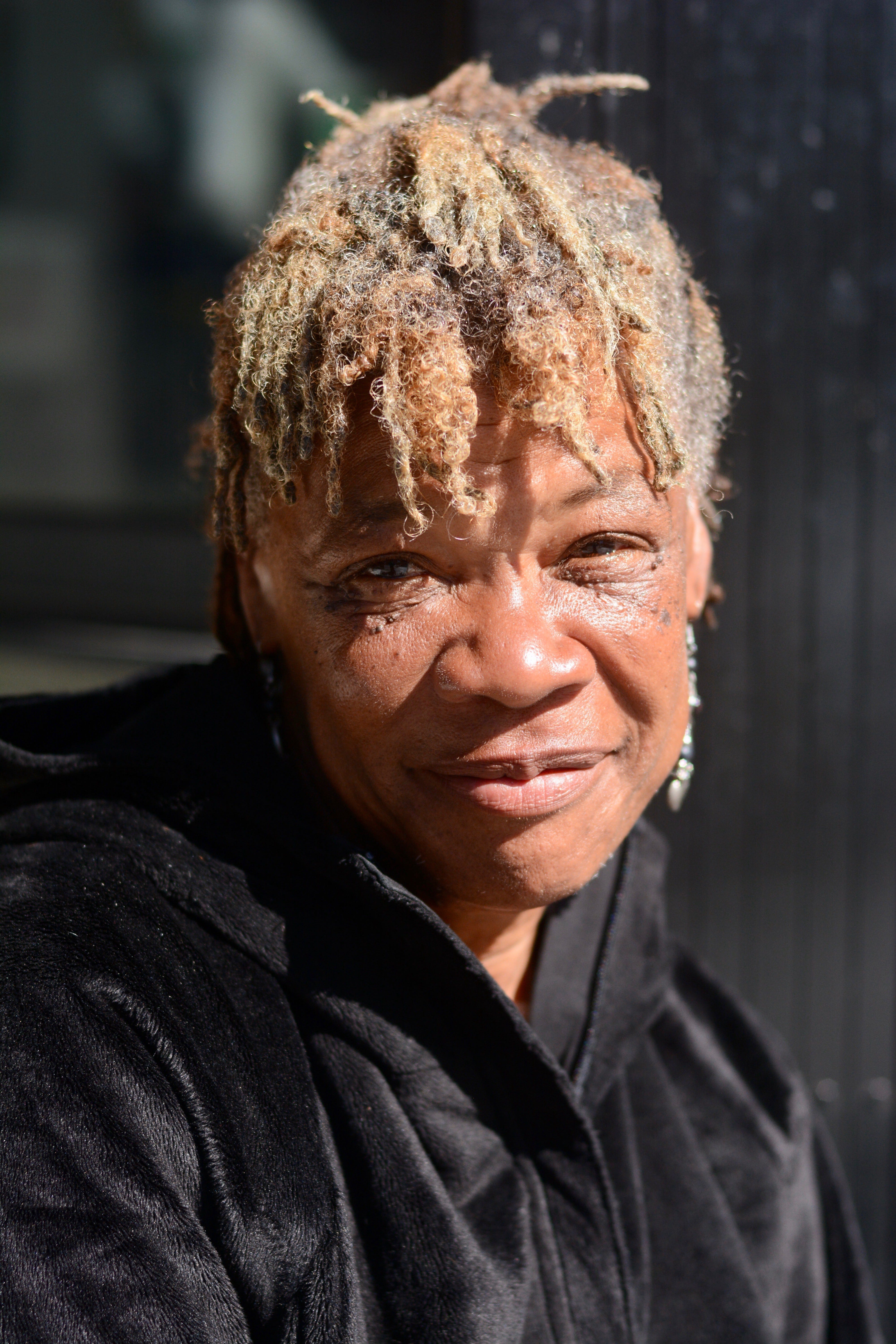
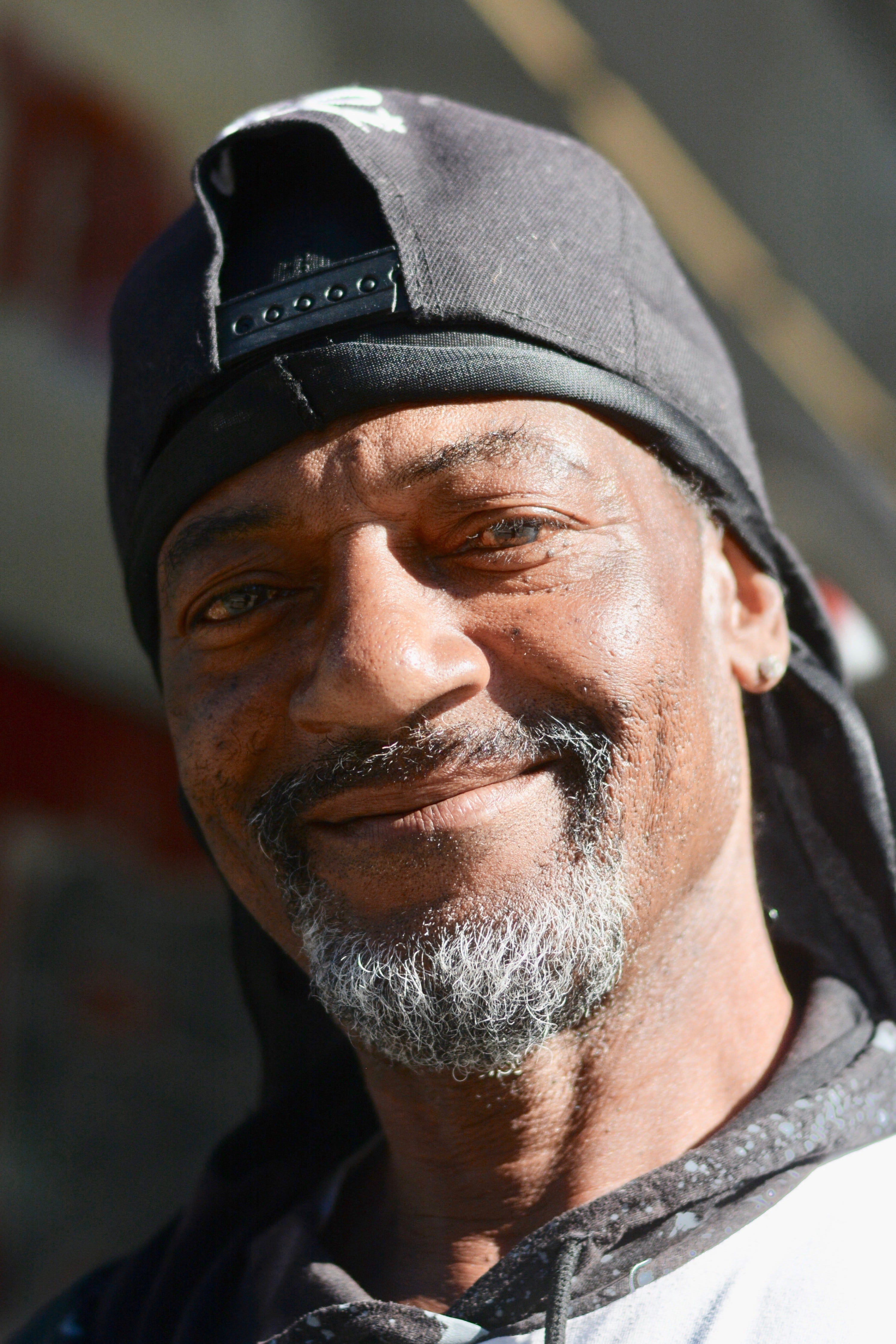
I first noticed T., whose real name is Thomas, on the stoop at my work. Blasting Chingy from a loudspeaker and smoking a freshly rolled joint, T. naturally drew in a lively crowd. His friend, Nina, danced on the street corner in rapture as passersby shuffled to work.
It’s no surprise that other members of the community orbit around T. and Nina; regardless of their circumstances, they manage to cultivate a joyous atmosphere. When I asked T. if I could take his portrait, he responded with an emphatic “hell yeah” — as long as I didn’t send it to the FBI.
Cotton and Skylar (a.k.a. Sky Full of Stars), neighborhood advocates
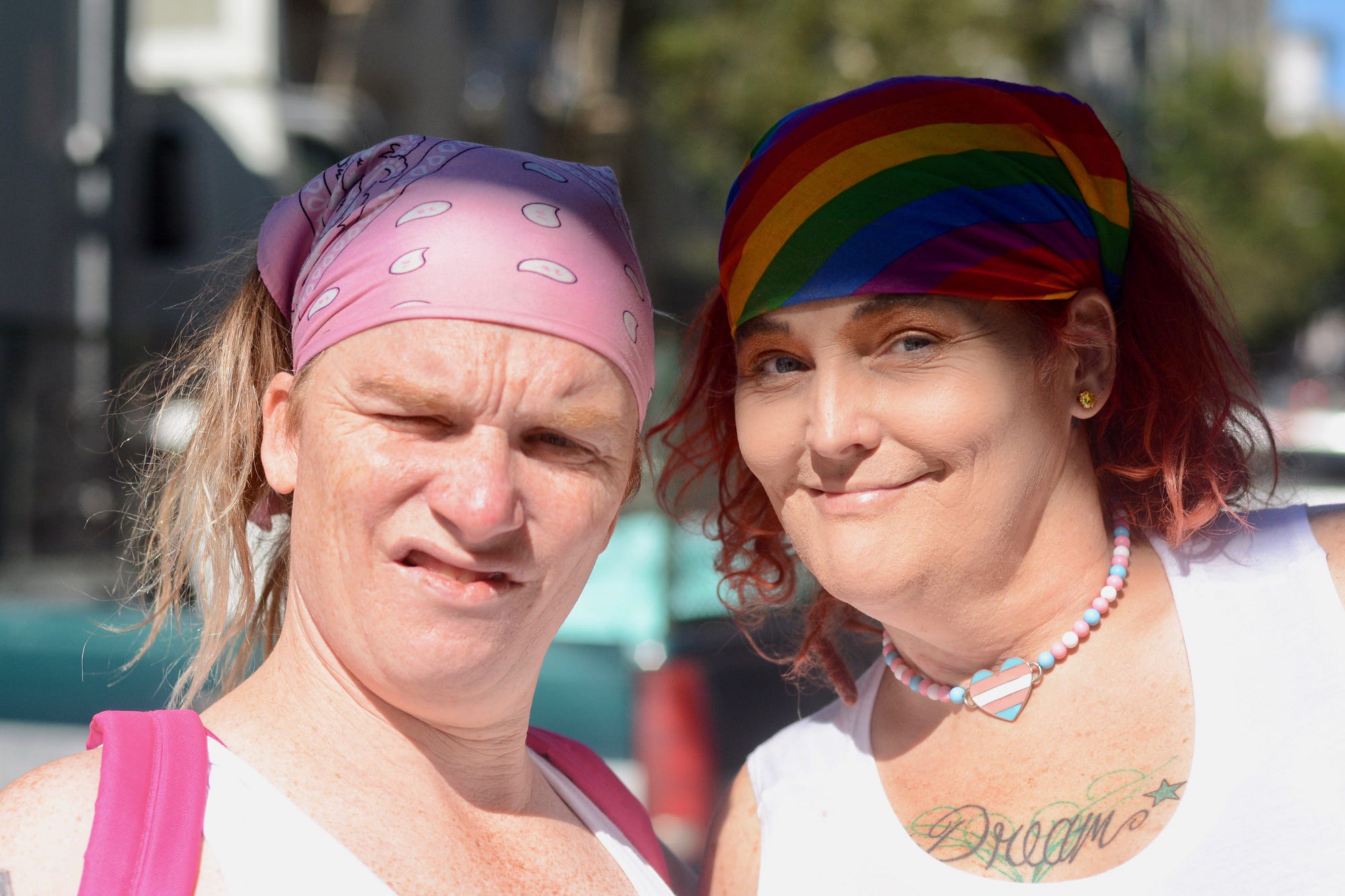
Despite struggling with homelessness, both Cotton and Skylar consider themselves advocates for their neighborhood. Cotton has been volunteering at various organizations for nearly a decade. Skylar’s name is short for “Sky Full of Stars,” which refers to Skylar’s belief that we are all beautiful stars.
Kristin Klein, small business owner
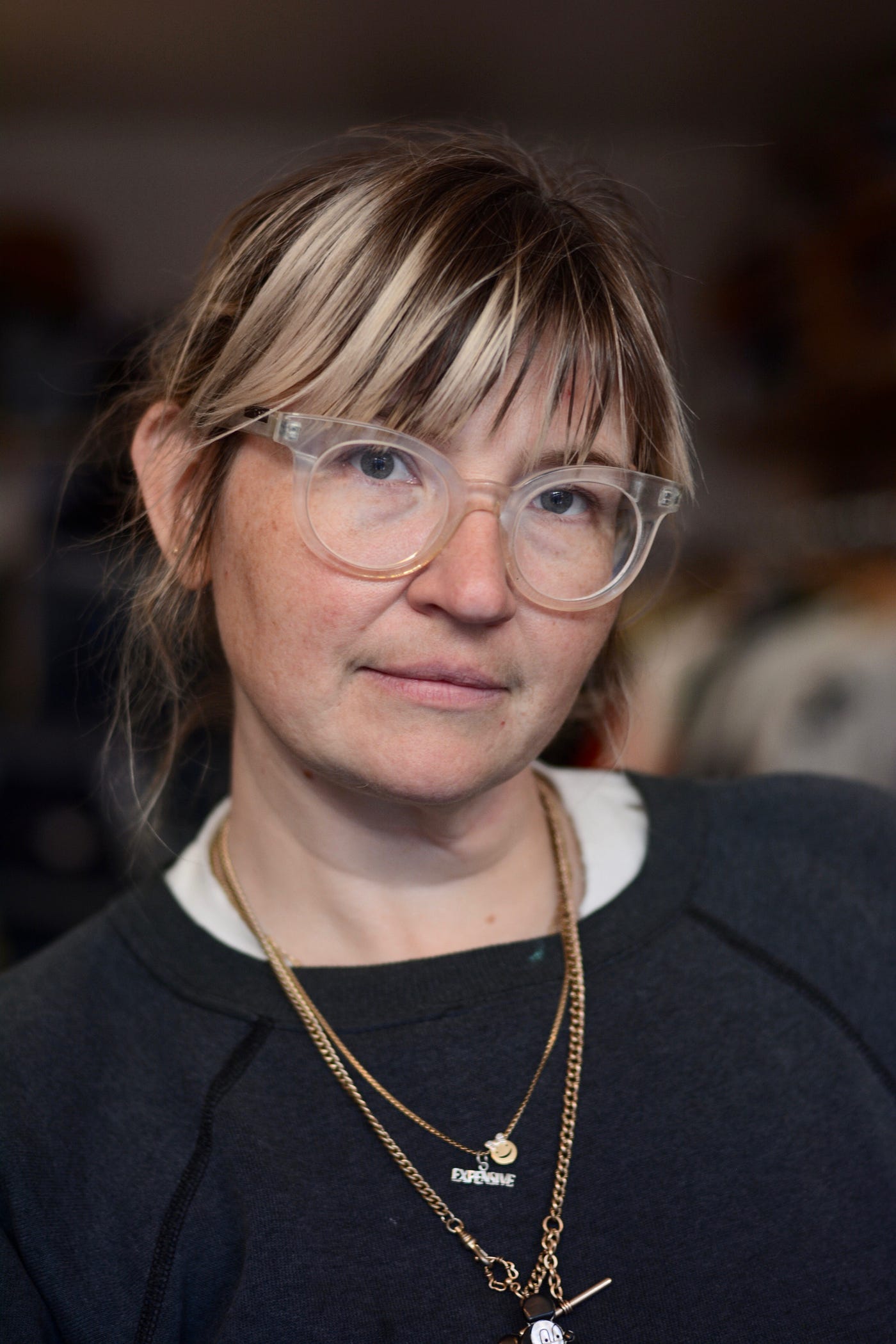
Representing the Tenderloin community is also why Kristin Klein opened her vintage store, Vacation, on Larkin and Eddy. An ardent supporter of the Tenderloin, she strongly advocates for the familial neighborhood and its old-school charm. “The neighborhood is a time capsule. People read newspapers and have fax machines,” she says.
To Klein, it’s imperative to stay in the neighborhood. Although she is relocating Vacation after seven years at 651 Larkin, it won’t be far away. On December 1, the store will move to 704 Larkin — just one block away.
Aria Sa’id, executive director of the Compton’s Transgender Cultural District, and Janelle Luster, program associate for the Compton’s Transgender Cultural District and transgender empowerment project leader
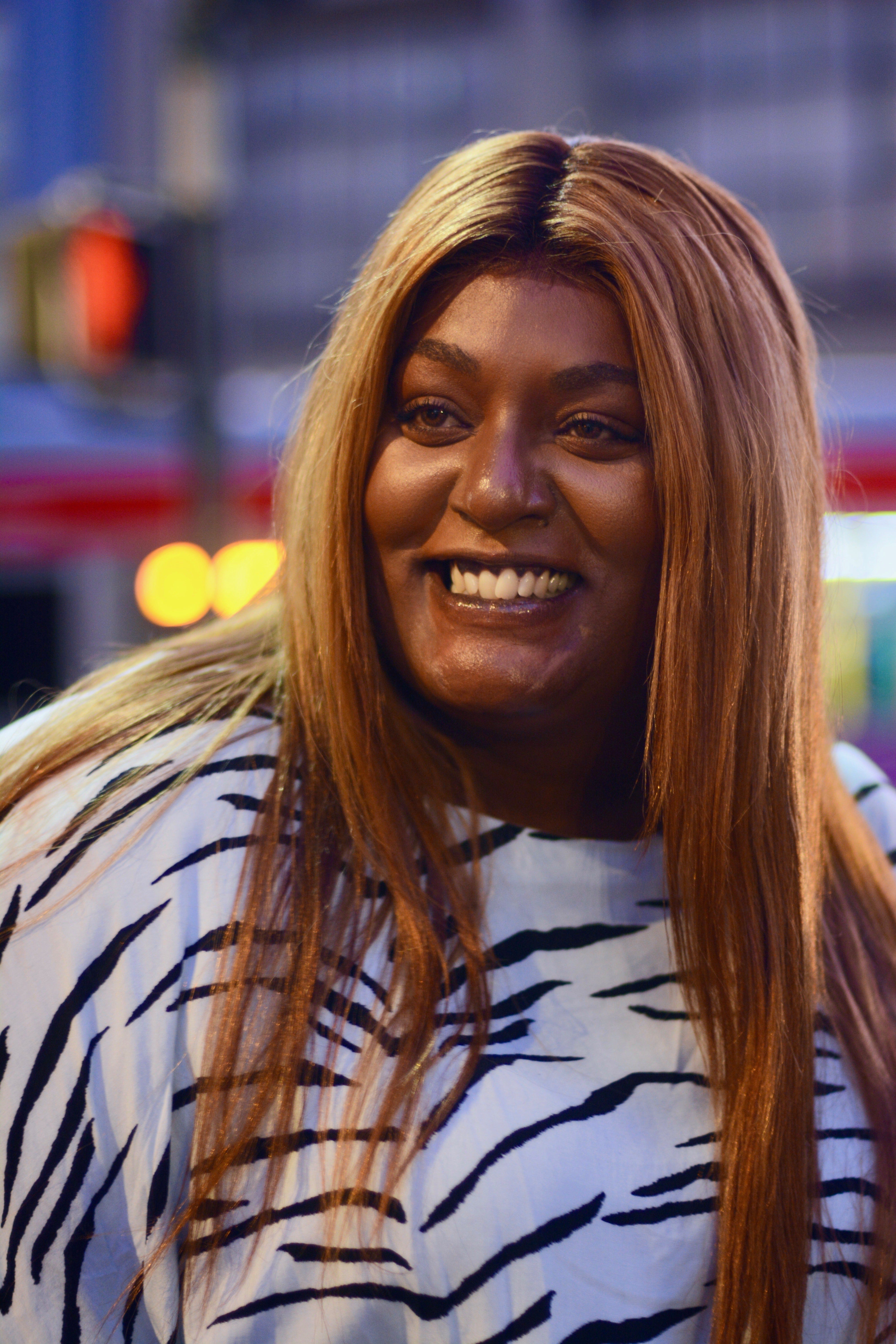
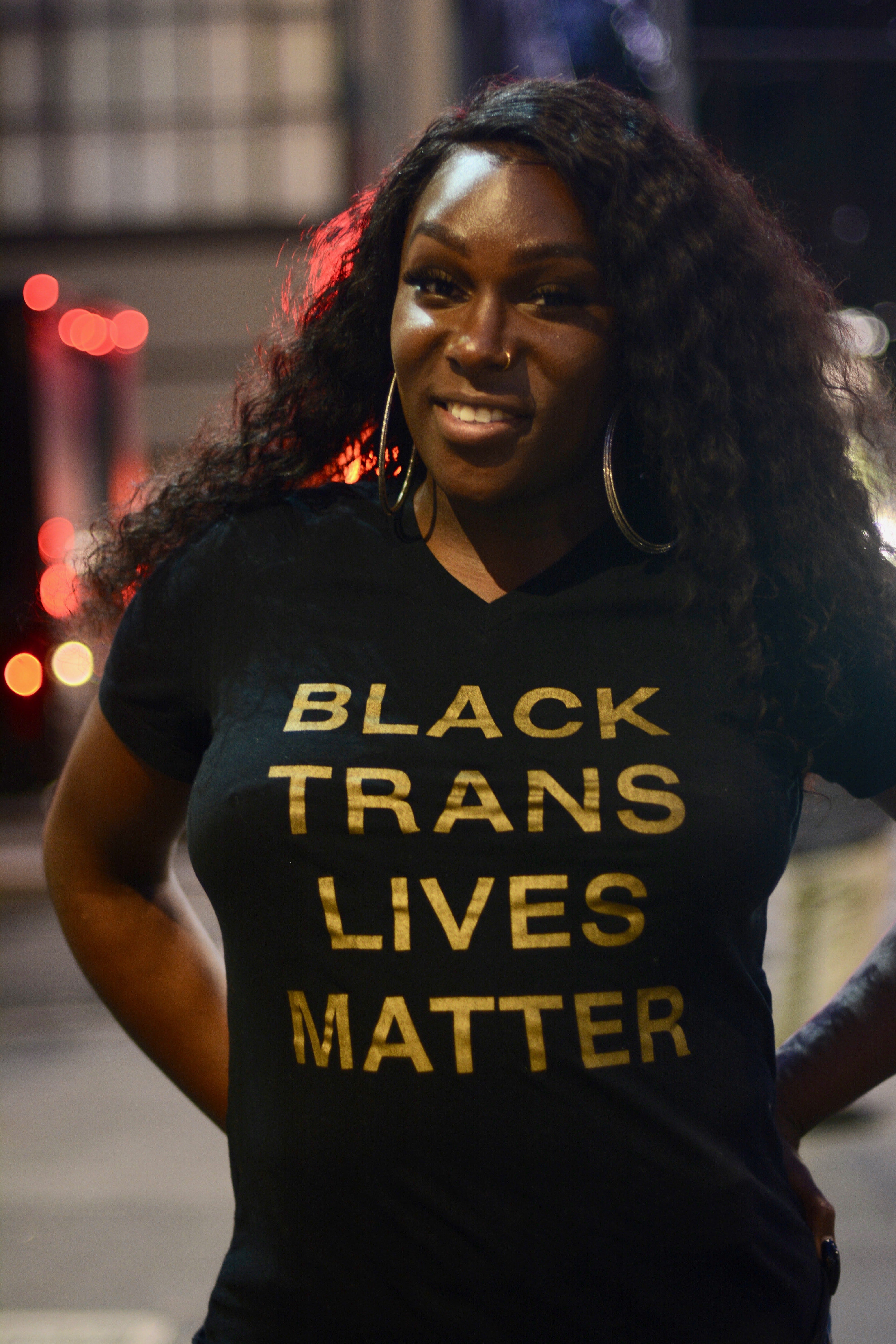
Aria (left) is a transgender advocate and award-winning political strategist who co-founded the first transgender cultural district in the world, which covers four blocks in the Tenderloin and two in SOMA.
Janelle (right) is a program associate for the Compton’s Transgender Cultural District, who leads transgender- and sexual-health empowerment projects, such as TRANScend and FLUX.
Honoring the area’s importance in transgender history — it was the site of the 1966 Compton’s Cafeteria uprising — the cultural district aims to “create a safe, welcoming, and empowering neighborhood led by trans people for trans people.”
Tihani, peer counselor at St. James Infirmary
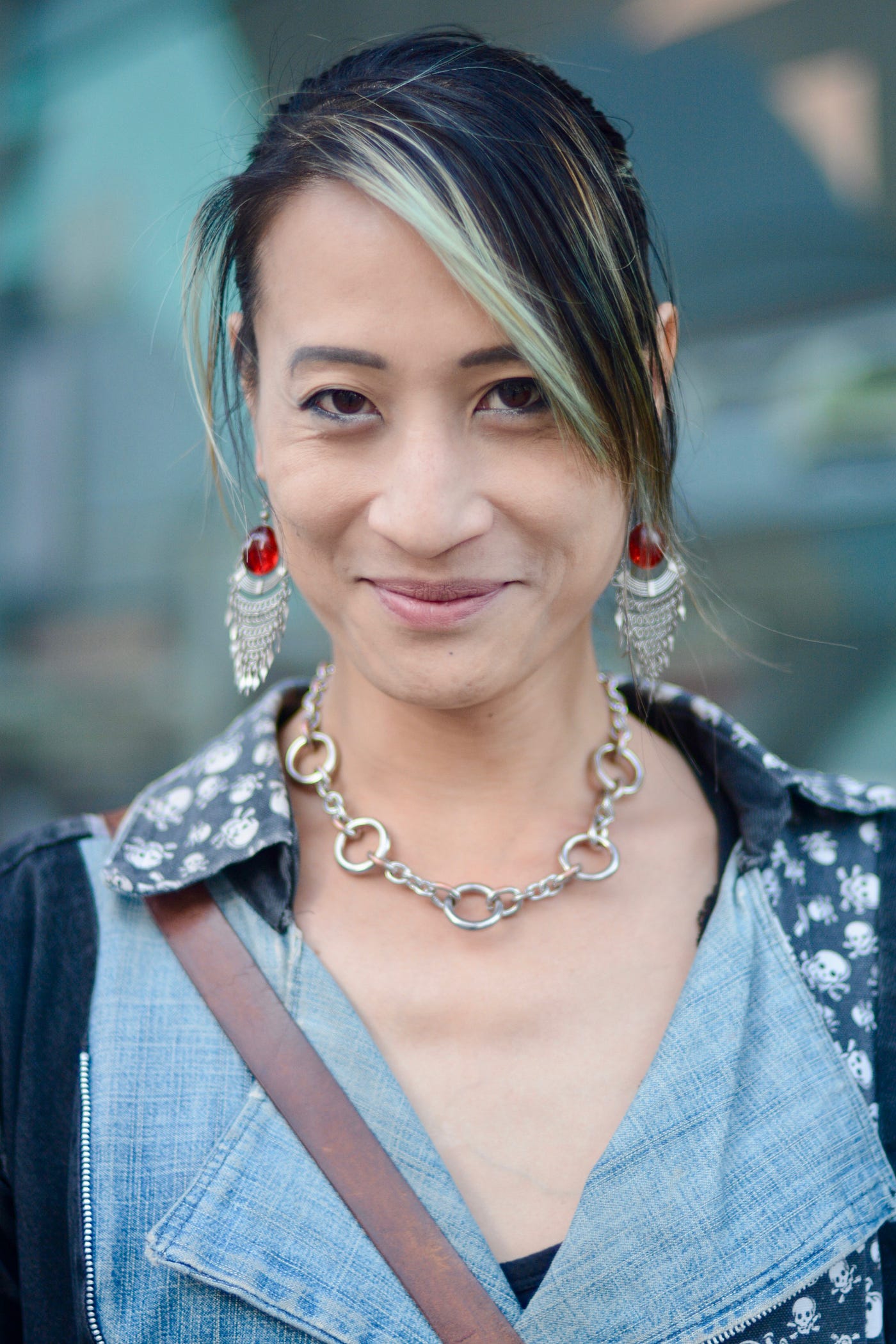
Tihani does outreach, conducts HIV testing in St. James’ mobile unit, and hands out sexual-health materials to street-based sex workers in the Tenderloin and Mission districts.
Katie Conry, executive director of the Tenderloin Museum, and Jean Blacksten, Tenderloin Museum operations manager

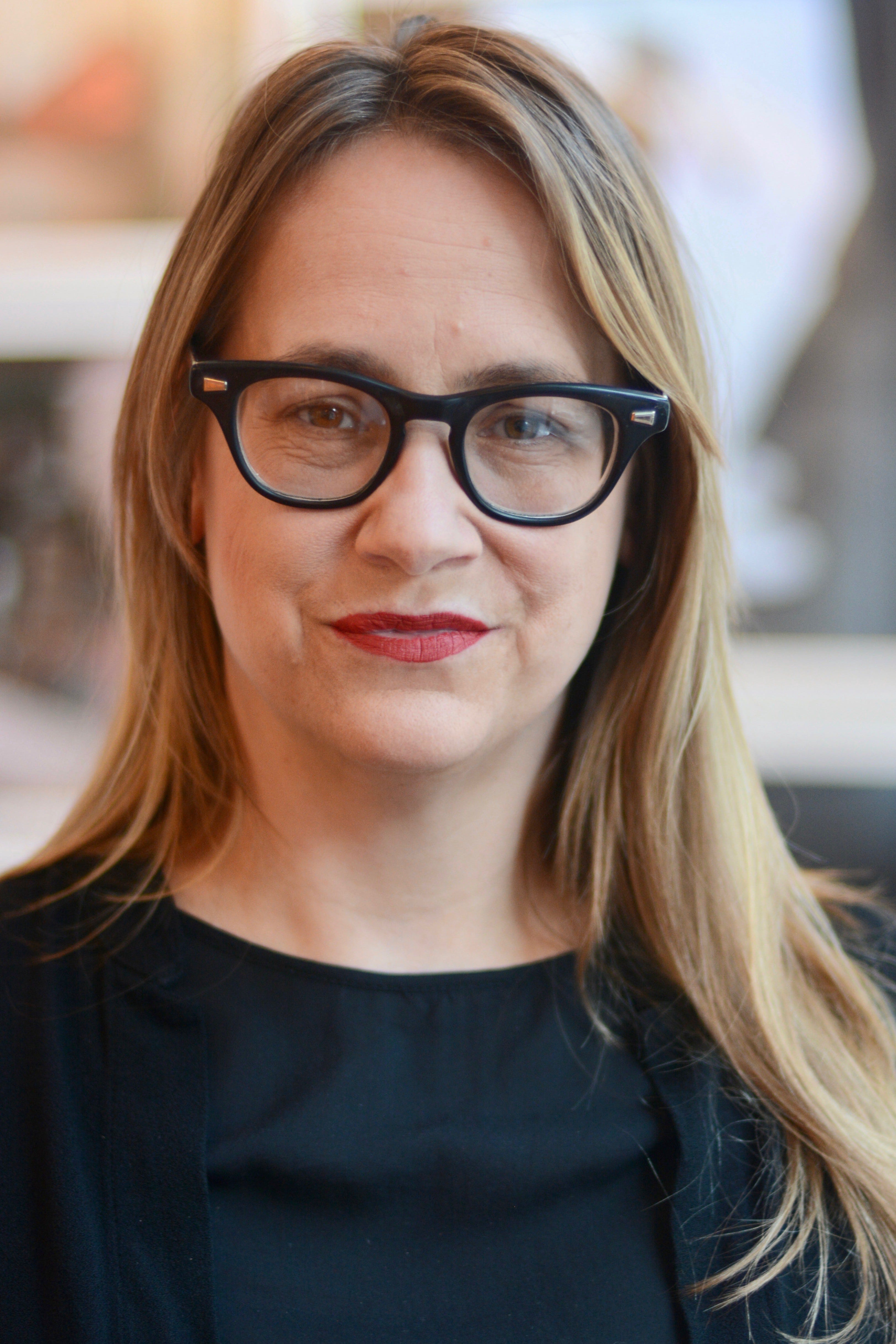
Katie Conry (left) is the executive director of the Tenderloin Museum, which aims to preserve and celebrate the Tenderloin district’s iconoclastic and overlooked history. Jean Blacksten (right) is the museum’s operations manager and handles graphic design, AV work, and event management.
Darwin Bell, street photographer and resident
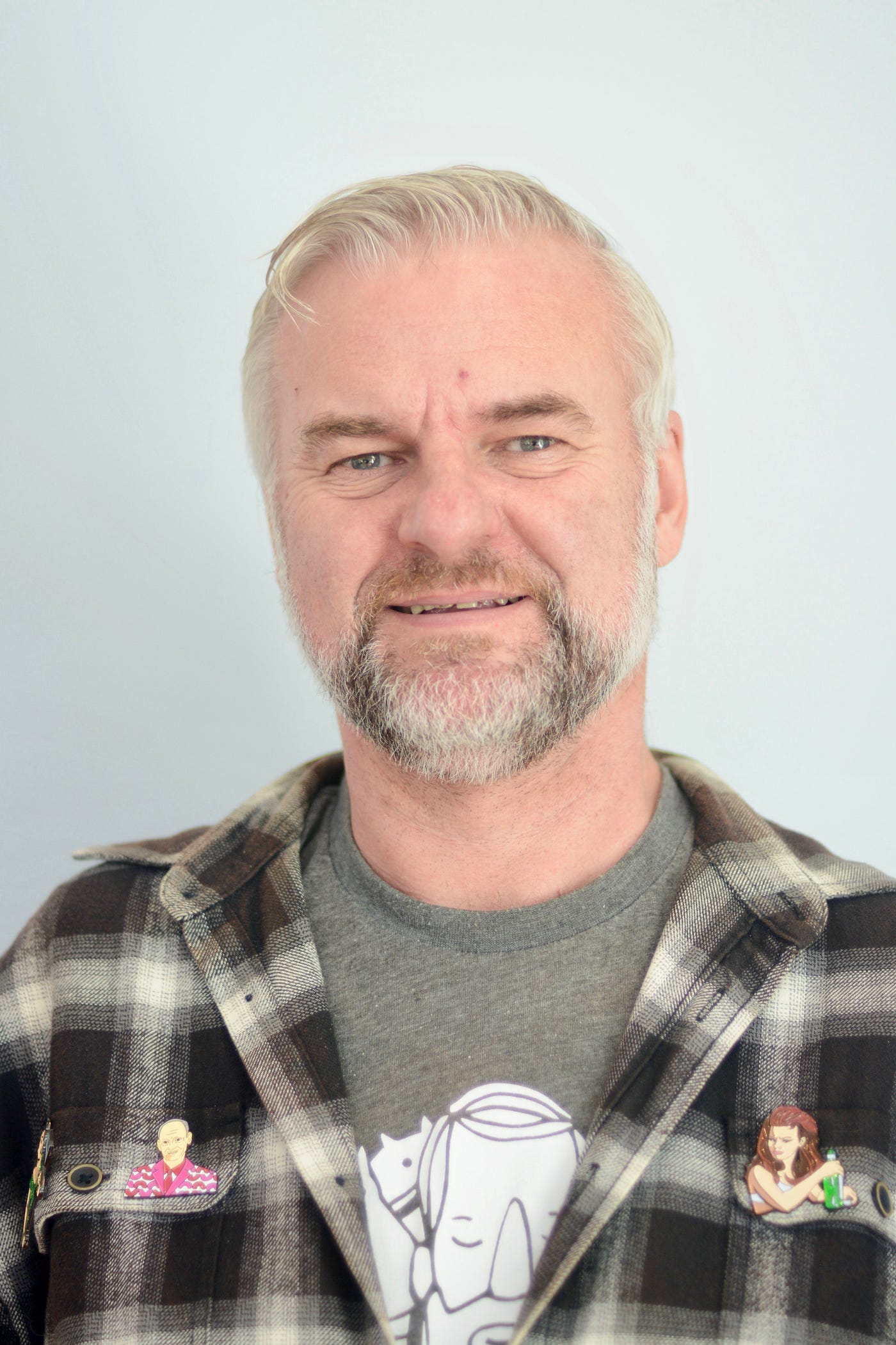
Darwin Bell is an award-winning street photographer, resident, and volunteer at the Tenderloin Museum. His latest photography series, Hotboxx Girls, focuses on the Hotboxx Girls, a drag group which performs at Aunt Charlie’s Lounge every weekend.
Robert Rogers, community organizer, and Brandon Abel, resident and Tenderloin Museum employee
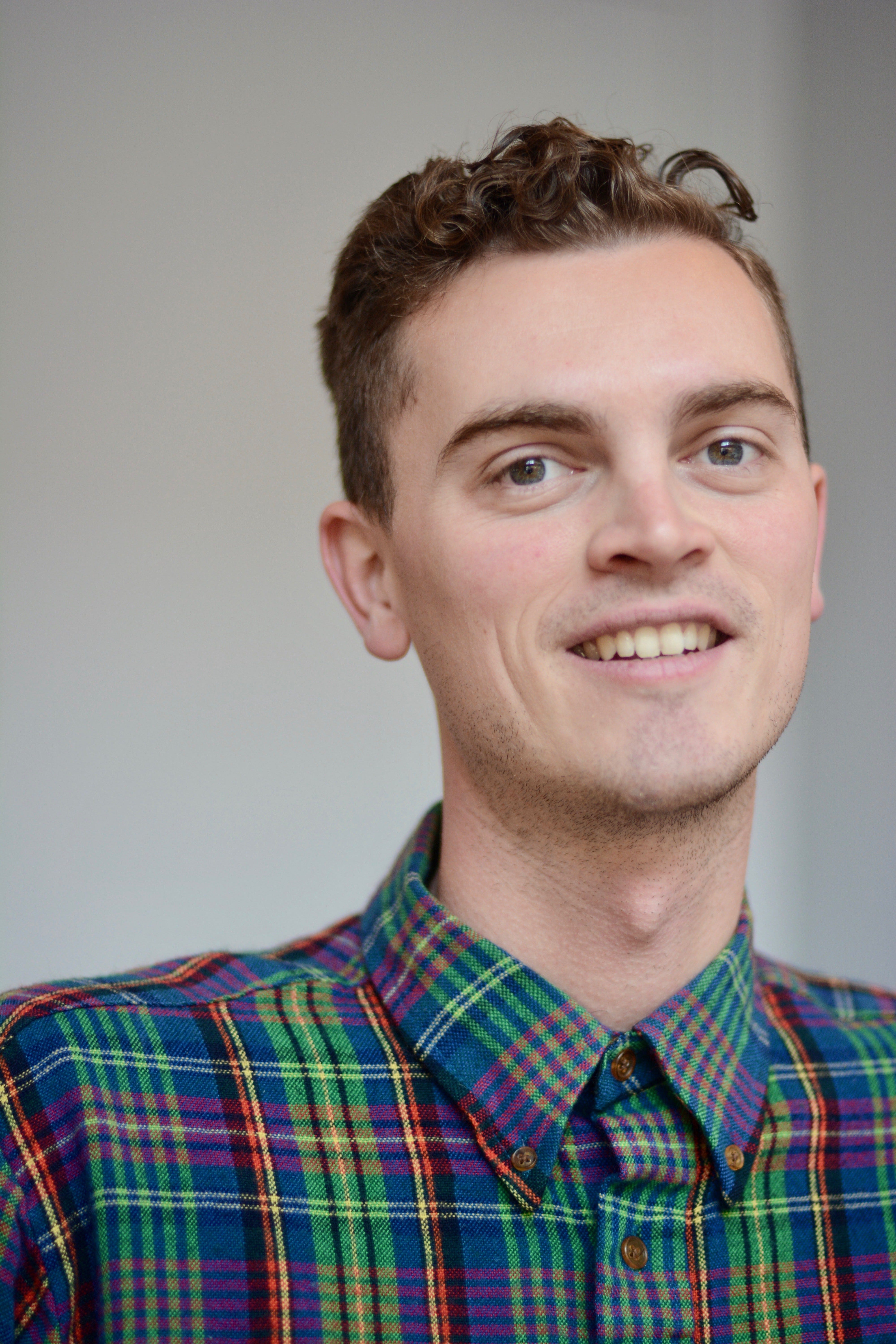

Robert Rogers (left) is a community organizer and volunteer at the Tenderloin Museum, and Brandon Abel (right) is a resident of the neighborhood and an employee of the Tenderloin Museum.
Gris Quiroz, harm-reduction volunteer
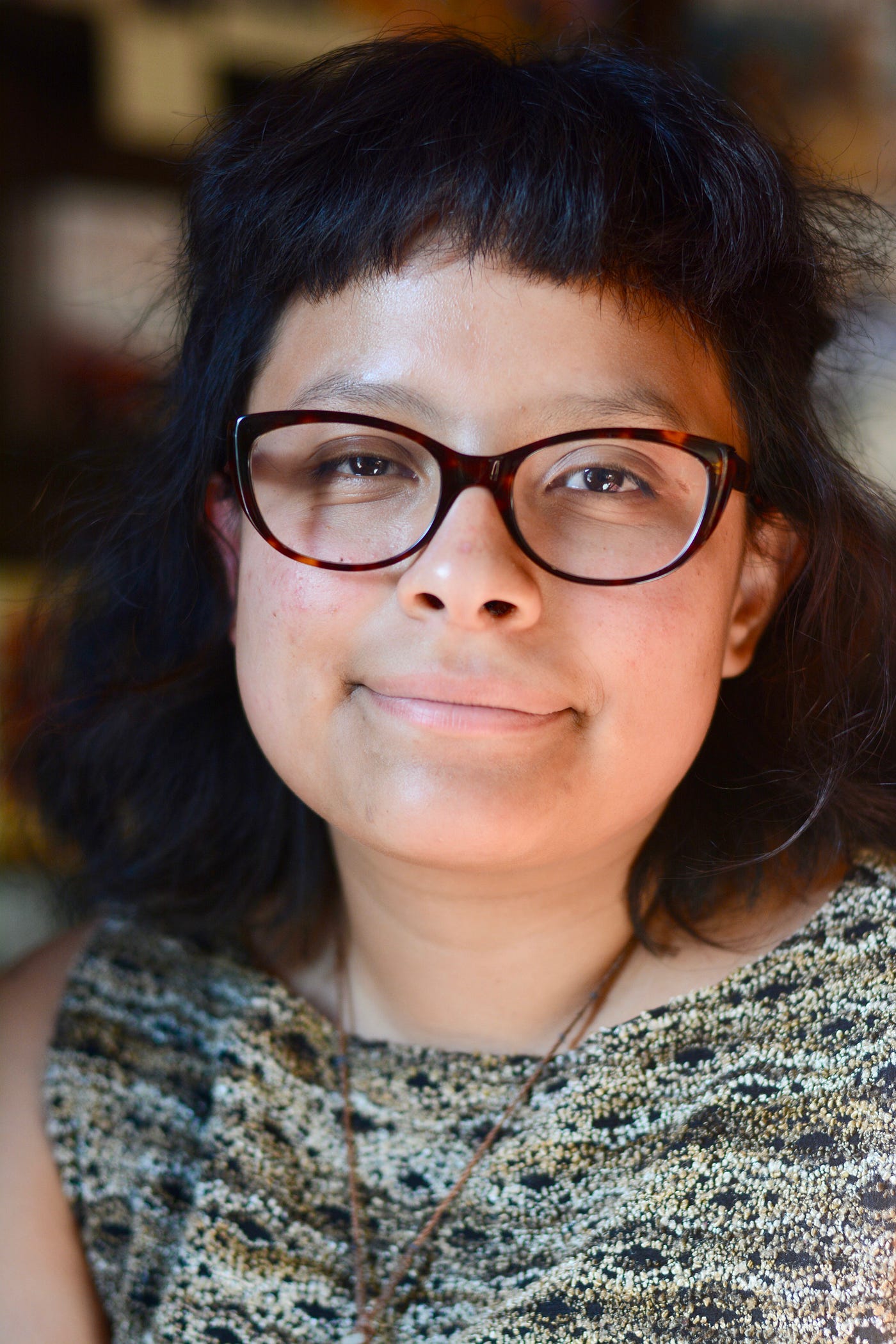
Gris, a harm-reduction volunteer, has been personally handing out food, clothes, and hygiene products to homeless men and women since December 2018. She keeps in touch with roughly 9–12 homeless individuals, spending approximately seven days each month checking in on Tenderloin community members, educating them about drug etiquette, and handing out free Narcan.
According to Gris, Narcan can cost up to $200 at a regular pharmacy, and the wait to receive it at a low-cost clinic can take hours — making the process to receive the medication time-consuming or completely unfeasible for vulnerable populations. Additionally, many of the homeless community members whom Gris works with are perhaps the least likely to receive proper assistance. Two of them have never had social security numbers, birth certificates, or any form of government-issued identification.
While working, Gris developed a friendship with one young woman — whom I’ll refer to as Shirley — for various personal reasons. Both are visibly tattooed, and Shirley once complimented Gris on her tattoos, which initiated their friendship. Eventually, this interaction led to them bonding over the fact that they were both survivors of drug abuse and sexual assault, and they have kept in regular contact ever since. A music lover, Shirley listens to hip-hop and punk rock whenever she can, and Gris lends Shirley her phone just so that she can listen to her favorite tracks. Gris hopes to get Shirley a CD player with a few CDs, and in January 2020, she aims to open a booth where she can hand out goods to the community.
Gris says that the Tenderloin community is tight-knit and supportive. Whenever she hands out food to one person, that one person distributes it to everyone else. “They never take it for granted when someone helps them,” she says. “And they’re loyal.”
Karla Barrera and Lisa Moreno, students
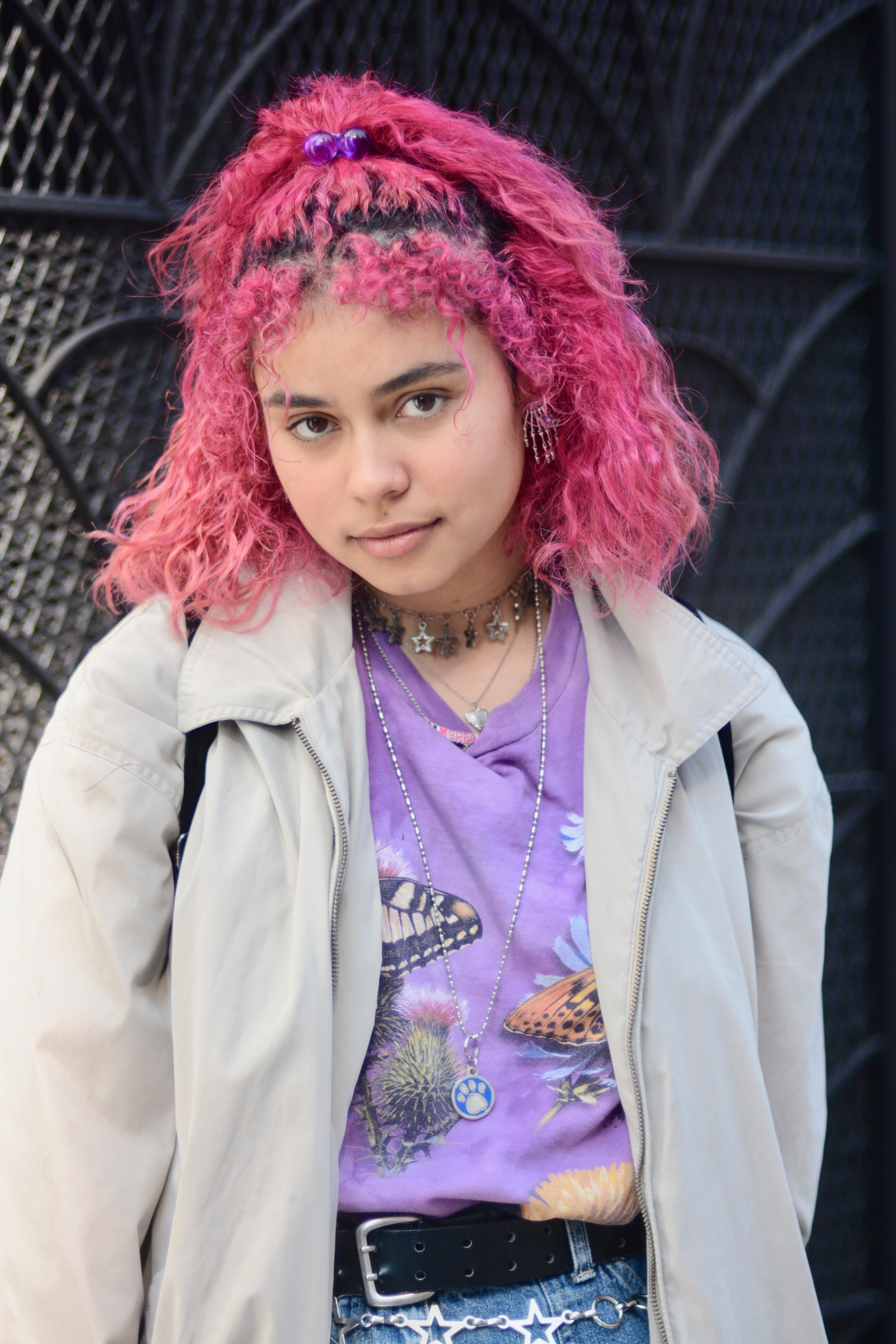
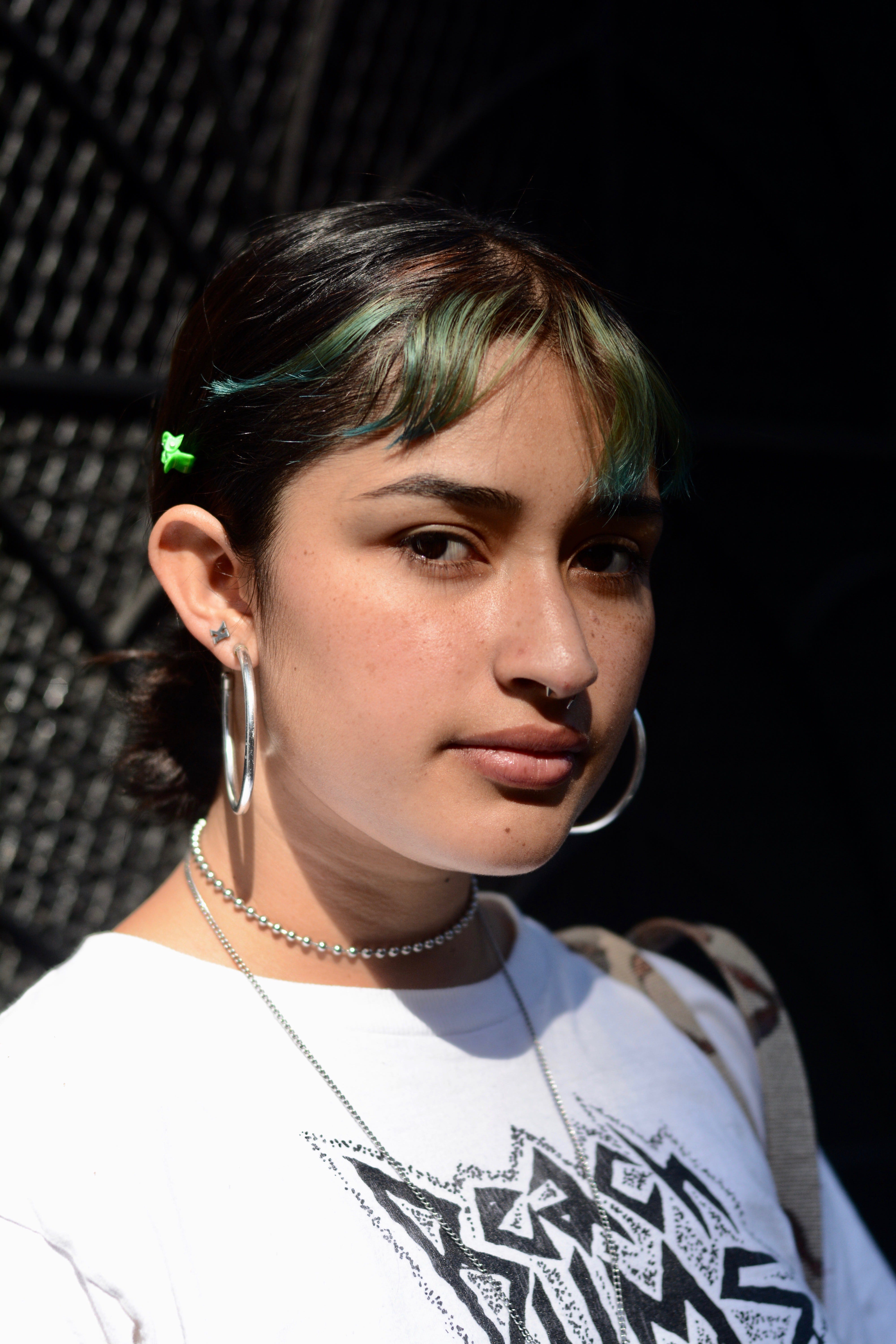
When I met Karla Barrera and Lisa Moreno, both 19-year-old students who are studying journalism and psychology, outside Goodwill on Geary and Hyde, I began to reminisce about my own experience as a young person living in the neighborhood. At 21, I felt like I had witnessed a train wreck of injustices: gentrification and homelessness, indifference and death. Regrettably, many of the people whom I would have sought out to photograph for this article have died — and without any just cause or explanation.
I thought about Bubbles, the entertainer and activist who was shot at Larkin and Myrtle one Saturday night in 2017. I would occasionally see Bubbles deejaying outside of RS94109 in a bright blond wig.
I thought about Gabriel Ramirez, my indigenous neighbor who lived in the near-windowless unit next to me on Eddy Street. Long-haired, leather-clad, and towering at well over six feet, he emanated nothing but innocence and warmth despite his rough-and-tumble appearance. To this day, I still treasure the eagle feather he gave me, a Native American symbol of strength, bravery, and holiness.
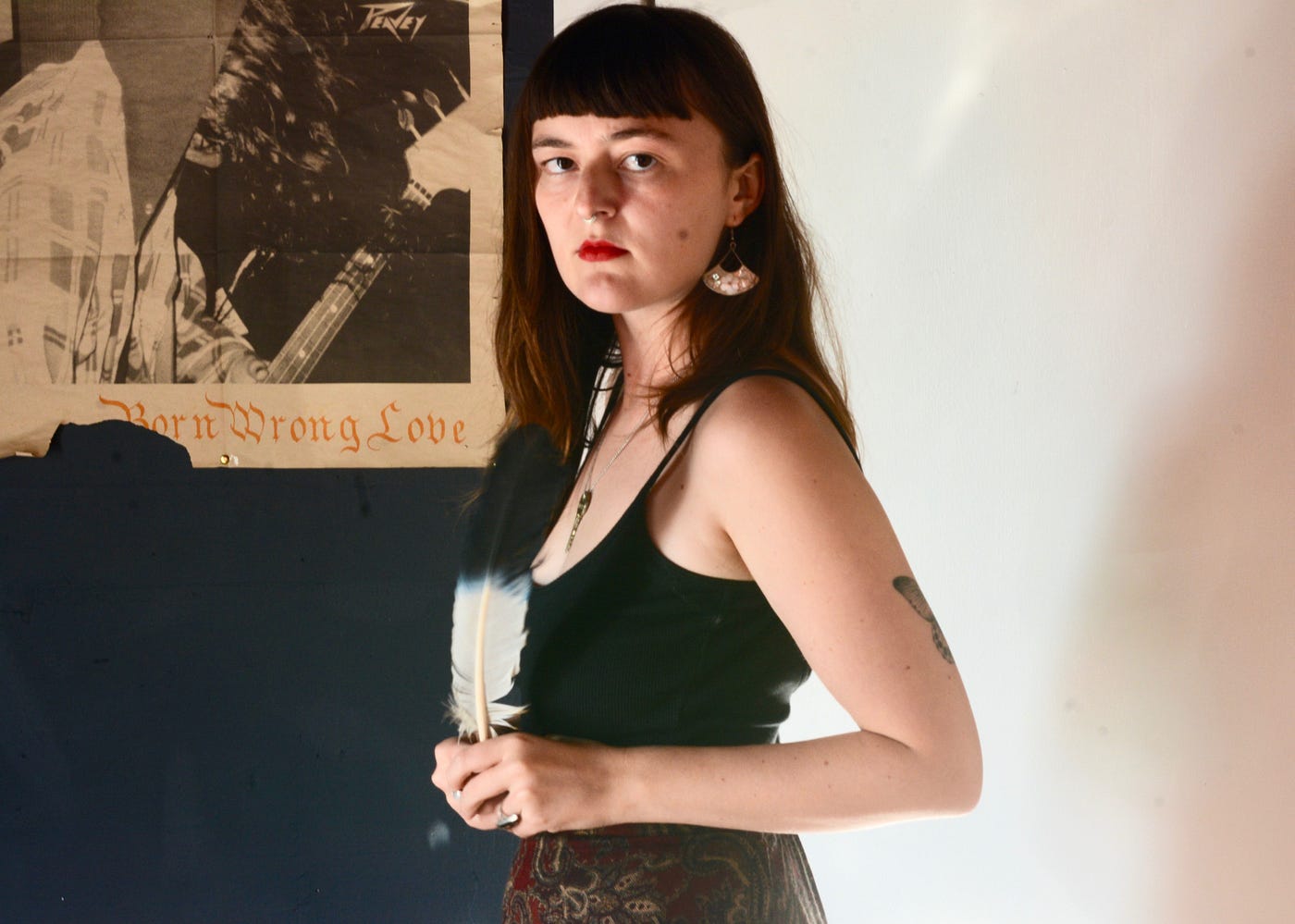
Because of these personal connections, it’s hard not to get sentimental about the Tenderloin.
There are many days when I wonder for how long I’ll know T. or Nina. What does Gris feel when she does her usual check-ins, only to discover that some of her friends have disappeared? Is it similar to how I felt when I came home after work one day, only to see Gabriel’s belongings getting cleared out into the hall?
The Tenderloin, just like its occupants, will always be uncompromising — and that alone is an exercise of pure power.
In such a tumultuous social and economic landscape, it’s hard to predict who will stay in the Tenderloin and who will go. However, despite enduring the collective forces of racism, homophobia, and gentrification, one thing will always be certain: the Tenderloin, just like its occupants, will always be uncompromising—and that alone is an exercise of pure power.







